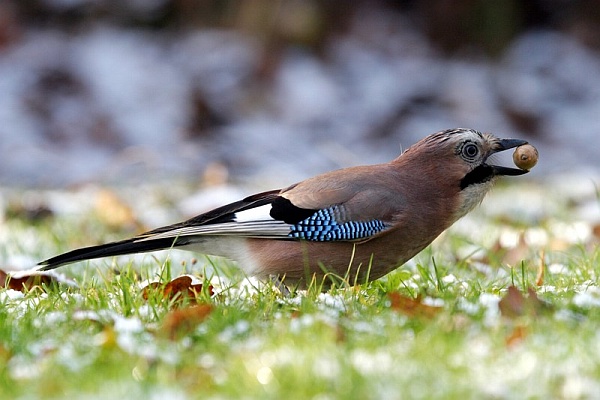On a recent browse through Science Daily I came upon this amazing headline: Songbirds With Bigger Brains Have Benefited from the End of Communism.
What?
A 17-year study of bird population trends in Germany and the Czech Republic has revealed differences in bird populations that correlate with the end of communism in East Germany and Czechoslovakia.
The study by the German Biodiversity and Climate Research Centre (BiK-F) and Czech Charles University used data collected by “Dachverband Deutscher Avifaunisten” (Federation of German Avifaunists) from 1991 to 2007 and analyzed 57 species, comparing habitat and diet needs, migration strategy, and relative brain size to population trends in each region.
During that 17-year period habitat in western Germany didn’t change much but habitat in the former communist nations did. The urban centers created new green spaces and there was a housing boom in the suburbs which decreased green habitat there.
The result was that birds with bigger brains thrived while those with small brains declined. The former communist areas now have a lot more common magpies, blue tits, grey tits, and Eurasian jays (pictured above) and fewer whitethroats (warblers).
According to Dr. Katrin Boehning-Gaese, researcher at BiK-F and professor at Goethe-University, “Relative brain size reflects species’ cognitive abilities. The increase of such songbirds suggests that species with good cognitive abilities might have been better able to adapt to rapid socioeconomic change and make use of the novel opportunities that arose after the end of communism.”
And so I present this logical conclusion:
- The United States has been a capitalist country for more than 200 years.
- Our native birds with the biggest brains are corvids.
- If capitalism benefits brainy birds we ought to have a lot of crows.
- And we do.
Crows are consummate entrepreneurs.
Quod erat demonstrandum Q.E.D.
.
p.s. Read more about the study here. It is far more complicated than the headline suggests.
(photo of a Eurasian jay by Hans-Jörg Hellwig from Wikimedia Commons. Click on the image to see the original)
